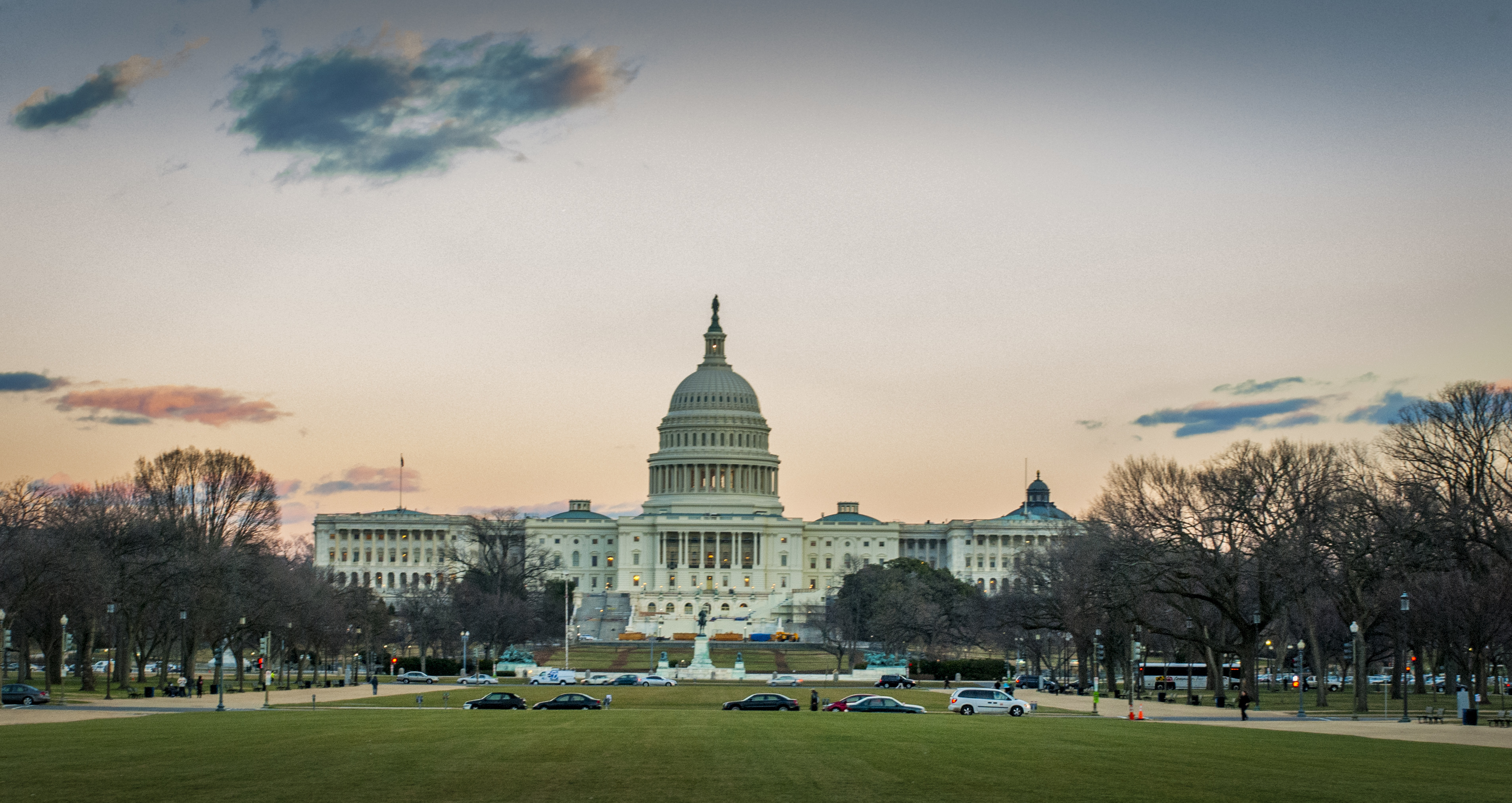I’ve recently been doing some car research because my family is beginning to outgrow our current vehicle. My wife and I have worked out our different schedules to hold us down to a one-car family, but since the family is getting bigger, we’re starting to consider purchasing a larger vehicle.
All of this car research reminded me of a photo making its way around social media a month or two ago. It was a picture of a (supposedly) mass car grave. This was the link that I came across—perhaps it was the same one you saw, too.
The main premise of the story is that greedy automakers refuse to lower the price for brand new vehicles, so instead they stockpile them to die. But this story is a fable. Any person who does some research on car manufacturing reads about the choices automakers have to make with regard to how many cars are manufactured each year. The numbers vary depending upon the automakers projections for how many cars they think they can sell.
Reality dictates a basic economic law that we all learned about but most people forget: supply and demand. In the instance of the automakers (suppliers) and the consumers (demanders), the automakers only make as many cars as they think will sell at the price that they ask for. Otherwise, automakers create vehicles and they have a big surplus of cars that they can’t sell (this is the story of auto mass graves). Where fact becomes fiction is this: if the automakers were to continue making vehicles and stockpiling them, they would lose money by paying for materials and workers, but not selling the cars. If this were the case, the automakers would never make mass surpluses and just sit on the financial losses. This is why if any person does research on new cars, they will inevitably read about how automakers are cautious in the initial production numbers of new vehicles. For example, read about how Toyota is going to expand on the production of the (successfully selling) Prius V hybrid.
There are two ways to hedge against massive financial loss via massive surplus (both of which occur): don’t create a massive supply and lower the price. In the previous paragraph I explained why the supply would never be so big that massive surpluses lead to mass car graves. But another way to protect against massive financial loss is to lower the asking price. This is often done, especially in a competitive market.
Consider how in 2013 Mitsubishi lowered the price of their all-electric i-MiEV by 20 percent! The reason for this is that there wasn’t enough demand by consumers (aka, a surplus of supply by automakers). So, even if Mitsubishi were selling the i-MiEV at some loss, it isn’t as bad of a loss as letting the cars “go to die.” Furthermore, getting the cars out on the road might stoke others to purchase the car, leading to an increase in demand and therefore, a subsequent increase in price.
In economics, having a massive surplus leads to disequilibrium. (You can read more about disequilibrium here.)
So, what do we make of this image of the surplus of cars? It’s simple: those brand new cars are in fact stockpiles of new vehicles waiting to be shipped off to your local dealership. Don’t believe everything you read in the blogosphere and social media. Do some work to fact check and you won’t feel embarrassed for believing in something silly like mass car graves.



